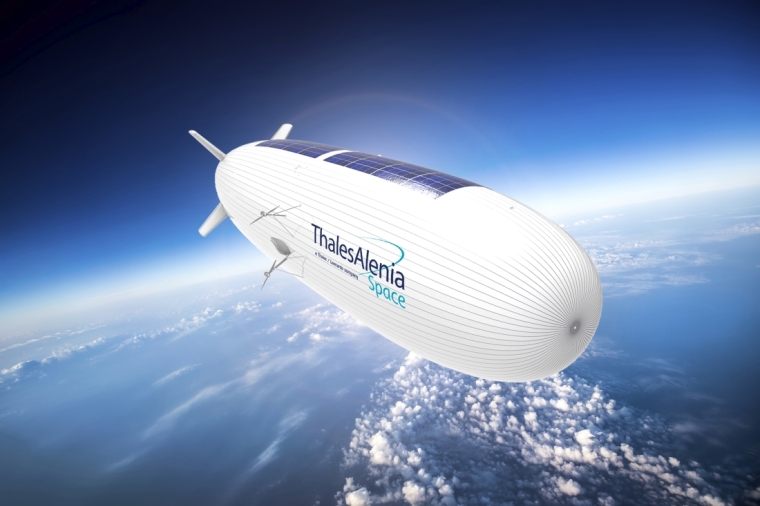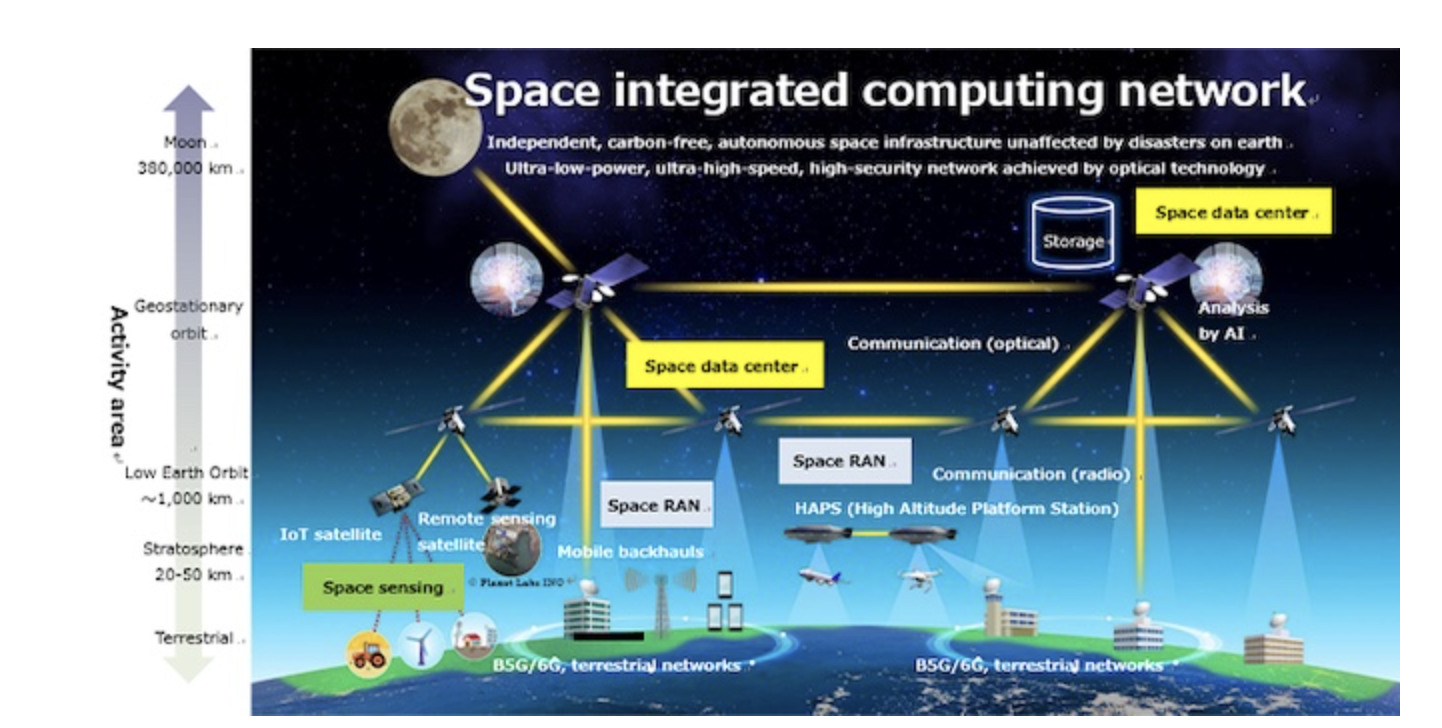
The influential World Economic Forum (WEF) is holding a conference in Dalian, China currently, and while the host nation is trying to communicate the message that decoupling into opposing economic blocs and trade wars is a bad idea, it’s interesting to read what high-powered leaders expect will be the technologies in the near future.
To be clear, it’s not all new technology that the WEF believes will revolutionise all sorts of industries, but there’s some seriously esoteric stuff thrown into the mix that’s curious to check out, and with a sceptical eye too.
Artificial intelligence (AI) features high on the WEF top 10 Emerging Technologies for 2024 list as you’d expect. AI in scientific discovery is already happening, and the tech can probably make a difference if used properly. That is, as a tool with results checked in great detail, and not just used to add to an already burgeoning workload for peer reviewers struggling to figure out which parts of papers were written by generative AI and large language models trained on Internet-copied text.
Related, WEF is plugging synthetic data for AI, a concept that popped up a few years ago. It’s a mind bender: synthetic data is generated through algorithms. It mimics characteristics of real world data, without being connected to actual events or information. So, err, it behaves like real data but it isn’t that.
Synthetic data can be used to enhance privacy for health-related research. It is also touted as useful for situations when real world data isn’t available, something that’s becoming a problem for AI companies. Whether synthetic data is one abstraction too many remains to be seen, but Amazon Web Services, Google, Waymo, Amex and JP Morgan are supposedly using it.
While 5G has entered “meh” territory despite the early marketing hype (Indonesian telcos are in go-slow mode with the mobile tech and happy to stick with 4G for now), WEF is talking up 6G already. That’s 6G for data collection from sensors and communication. Again, there will be some fascinating tech released with 6G, like the University of Oulu in Finland which is a Nokia stronghold, where researchers have developed radios that operate at superhigh 300 gigahertz frequencies.
Users might care about 6G when it eventually appears nearer 2030 if a use case materialises before then to drive demand. The experience with 5G suggests that might just be a pipedream.
Still in telcoland, our wireless “digital service providers” or DSPs as they like to be called now, are really excited about low-Earth orbit satellites like Amazon Web Services’ Kuyper, which now has a base station being set up in Warkworth, and SpaceX’s Starlink of course. LEO satellites means telcos don’t have to outlay capital quite so much on building terrestrial infrastructure. Well, the tower companies won’t, that is, as the telcos have sold much of the cellular infrastructure to private equity.
But wait, there’s more, and it’s abbreviated as HAPS. Astute readers will immediately work out that that stands for High Altitude Platform Stations. The HAPS things are balloons, blimps and aircraft that fly up to 25 kilometres in the atmosphere, to help “bridge the digital divide for over 2.6 billion people worldwide.”

Does that sound familiar? Why yes it does. Google, which exists in a reality of its own along with Facebook, tried something really similar with the Project Loon balloons launched from New Zealand. Project Loon received breathless media coverage in the US mainly, perhaps because Google didn’t realise there were local NZ journos curious about the blue-sky project and… well, it didn’t work. It was a fiasco even.
Facebook had its solar-powered Aquila drones project, and it did get off the ground but got cancelled in 2018. As it happens, roundabout this time is when HAPS appeared, with Airbus and Boeing dipping their toes in the high altitude broadband waters, and the writer apologises to readers for mangling that idiom.
Undeterred by the outcome of Project Loon and the Aquila drones, Airbus is now dropping money on HAPS-craft together with Japan’s NTT Docomo and government investment funding. The project will be done through Airbus’s subsidiary Aalto, which is the Finnish word for wave and the surname of a famous designer. A 5G wave balloon in the sky. What won’t they think of next?
Local telcos will take note of this, because if they thought getting coverage for remote areas was a matter of buying capacity on a LEO sat, they'd better read up on space radio access networks and integrated computing platforms that use GEO birds and HAPS.

This is no doubt a hot topic at the Comms and Connect radio frequency geek meet in Christchurch that's on at the moment, where information on things wireless is exchanged at the complexity of 4096 quadrature amplitude modulation.
It may be that 5G and 6G will get a boost from RICS being rolled out. Think walls. Think active and passive metasurfaces. They shape millimetre wave wireless signals. Once you know that, it becomes immediately apparent why they’re called Reconfigurable Intelligent Surfaces, and have been standardised by international organisations, with investment flowing into the technology. However, let’s hope the RIS abbreviation doesn’t catch on, as it would spoil the lame Astley puns.
WEF must’ve missed the memo that Apple’s Vision Pro goggles are now on hold, as they’re keen on immersive technology, which is computing with virtual and augmented reality. “This technology allows designers and construction professionals to check for correspondence between physical and digital models, ensuring accuracy and safety and advancing sustainability.” Imagine said immersive technology being used by mains grid subbies to virtually see what happens when you undo all the fastening nuts on the bolts holding down electricity pylons while working in high winds. That's the kind of metaverse we need.
There’s more stuff like elastocalorics that suck up heat under mechanical stress as cooling solutions while global temperatures rise, which seems like an elaborate technical solution devised to avoid doing anything about the actual problem of the world burning down and people dying due to excessive fossil fuel usage. Making livestock food out of single-cell proteins, algae and food waste to make agriculture sustainable makes you think we should just go full Soylent Green straightaway, but this is of course not something that WEF suggested.
Carbon-capturing microbes that convert emissions into biofuels does sound way more cool than Air NZ intending to power its jets with second hand cooking oil imported from China, but genetically engineered organs for transplants might be triggering for the crowd that puts up angry signage next to highways in our beautiful land, no matter how impressed WEF members are by the meditech.
Still though: there’s no denying that the future arrived early and we now live in it.
5 Comments
Just wanted to say that the technology addition to interest.co has been great. Makes a nice change from all the property stuff.
Keep it up Juha 👍
Nevertheless, we must remember that technology is useless without energy, and also that it isn't energy.
This: 'Carbon-capturing microbes that convert emissions into biofuels' is thermodynamic nonsense. Perpetual motion territory; transcends the 2nd Law, Carnot, entropy...
The energy has to come from somewhere (typically the sun) and be concentrated. The emissions are AFTER the burn which extracted the energy from the bonds-breaking. You cannot re-burn ash, a cooled cup of coffee never re-heats.
Indeed much discussed here, is parasitic on the flow of real energy; not really a creator of 'wealth', at best a creator of proxy.
Seems to me Juha gets that: "more stuff like elastocalorics that suck up heat under mechanical stress as cooling solutions as global temperatures rise, which seems like an elaborate technical solution devised to avoid doing anything about the actual problem of the world burning down and people dying due to excessive fossil fuel usage."
Then what do you make of the following (Soylent Green) sentence?
If G below is the Ground, then H is a HAP and S is a sattelite in proportion to their true altitude measured in ASCII font:
G - - - - - H
G - - - - - - - - - - - - - - - - - - - - - - - - - - - - - - - - - - - - - - - - - - - - - - - - - - - - - - - - - - - - S
(then, multiply altitude S by a factor of 100, and look across the room to where that line imaginarily extends).
S works because its altitude places it in geostationary orbit, its line of sight range can cover a whole hemisphere, and it doesn't suffer from atmospheric interference. Its simple and good.
H doesn't work for the opposite of these reasons.

We welcome your comments below. If you are not already registered, please register to comment
Remember we welcome robust, respectful and insightful debate. We don't welcome abusive or defamatory comments and will de-register those repeatedly making such comments. Our current comment policy is here.